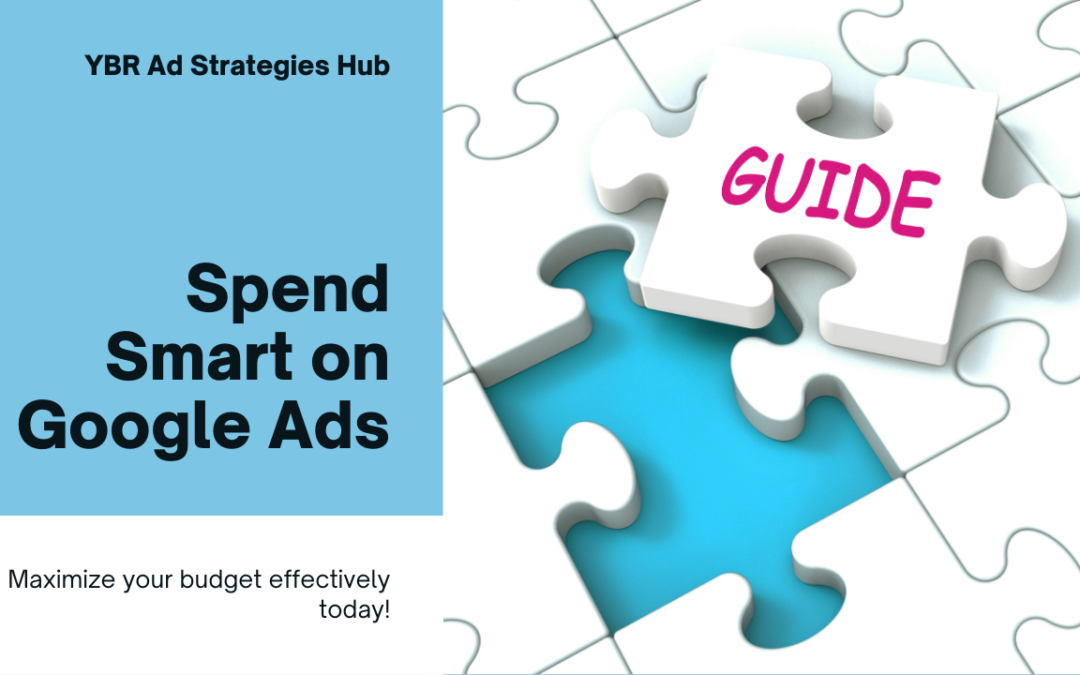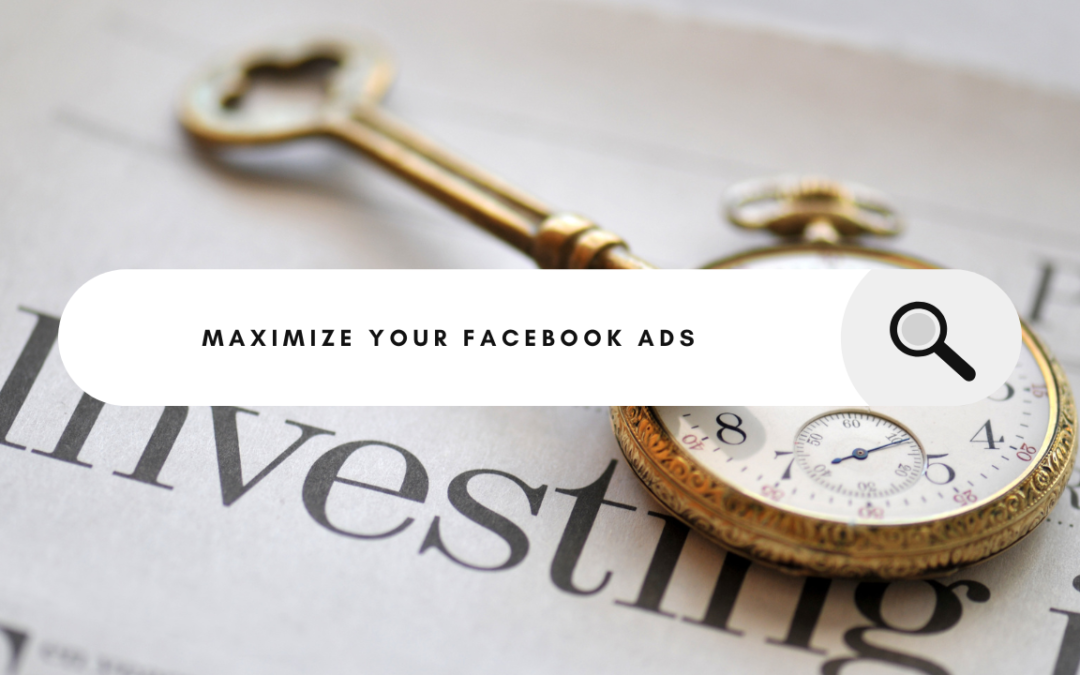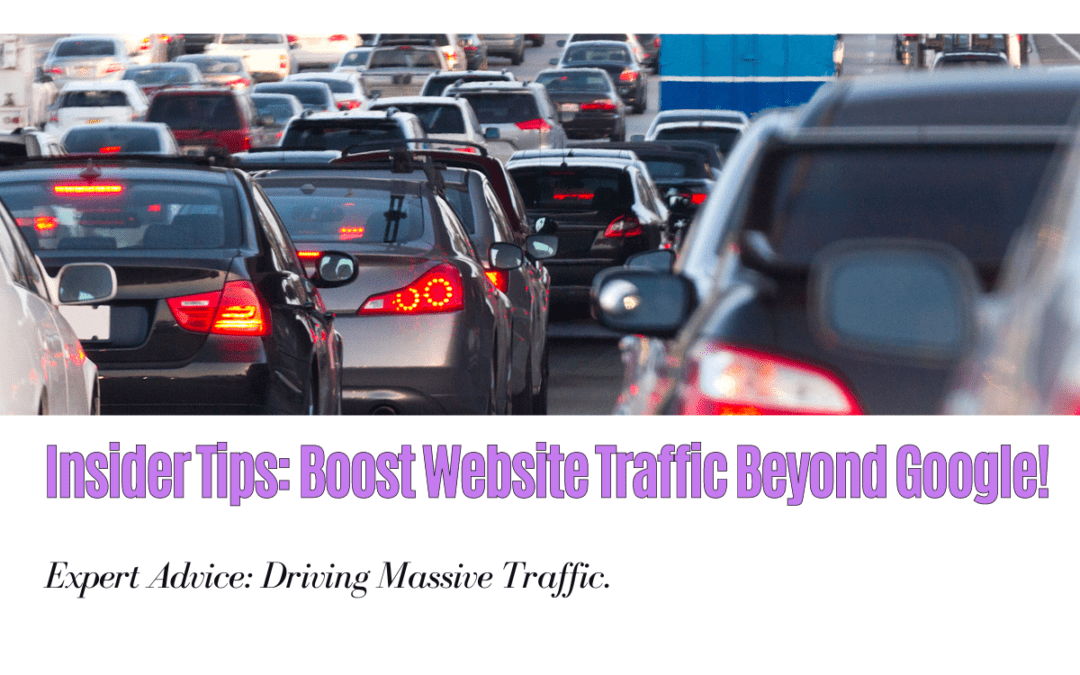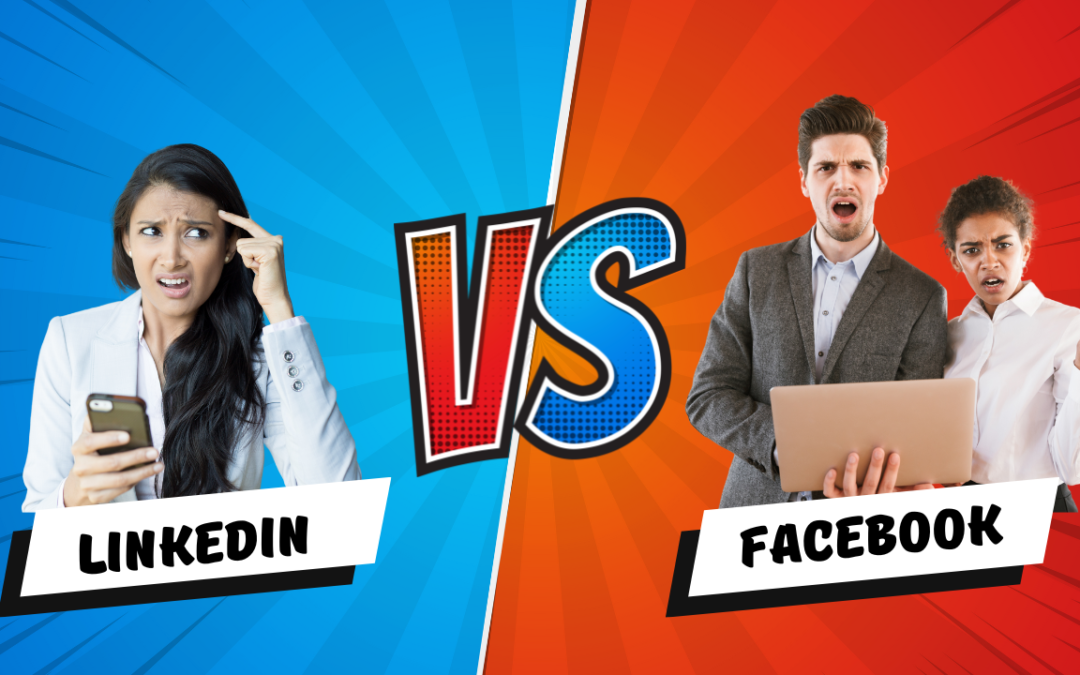
How Much Should You Spend in Google Ads?
The Journey from “Just Google It” to Ad Success
Imagine a scenario: you’re a business owner in Australia, and you’ve just launched a new product you’re excited about. You’re eager to get the word out but quickly realize traditional advertising methods might not be enough to reach your target audience. Enter Google Ads—the platform where billions of searches happen every day. You know it has potential, but the big question looms: How much should I spend?
Digital ad spending in Australia is set to surpass $13 billion AUD by the end of 2024, with Google Ads consistently leading as one of the top channels for small businesses looking to increase visibility and conversions. However, while it’s easy to set up a Google Ad, getting the most value for your budget isn’t straightforward. This guide is here to give you an honest look at the factors, strategies, and decisions that go into setting an effective Google Ads budget.
Let’s dive in.
What Are Google Ads, and Why Do They Matter?
Before we jump into budgeting, let’s make sure we’re on the same page with the basics.
What Are Google Ads?
Google Ads (formerly Google AdWords) is an online advertising platform where businesses pay to have their ads appear on Google’s search results pages, YouTube, and other sites. You set up campaigns and bid on keywords so that your ad appears when people search for terms related to your product or service.
Why Are Google Ads Important?
Google handles over 3.5 billion searches per day, meaning there’s a massive potential audience for your ads. Unlike traditional ads, Google Ads allow you to directly target users with specific search intent. For example, someone searching “buy gym equipment near me” is likely ready to make a purchase—targeting these keywords effectively can be very profitable.
Key Factors Influencing Google Ads Costs
Now that we’ve covered what Google Ads are, let’s break down the factors that impact how much you’ll spend.
1. Keyword Selection and Competition
Your choice of keywords directly impacts cost. Highly competitive keywords (like “personal injury lawyer” or “car insurance”) are more expensive because so many businesses are bidding on them. Less competitive keywords may have lower costs but also attract less traffic. In Australia, competitive industries like finance, law, and insurance often see CPCs (cost per click) reaching $50 AUD or more per click.
To mitigate costs:
- Use a mix of short-tail and long-tail keywords: Short-tail keywords (e.g., “fitness”) are more competitive, while long-tail keywords (e.g., “affordable gym equipment in Sydney”) are less competitive and more specific.
- Utilize negative keywords to filter out irrelevant searches.
Also read: “Understanding buyer intent keywords and their uses”
2. Industry and Niche
Costs also vary by industry. According to recent data, average CPCs in Australia can range from $1 AUD in retail to over $20 AUD in finance and law. If you’re in a niche market, you may face less competition, which can help keep your CPC low.
3. Ad Quality and Relevance (Quality Score)
Google rewards high-quality, relevant ads with a lower CPC through its Quality Score system. Quality Score is based on factors like:
- Click-Through Rate (CTR): How often users click on your ad after seeing it.
- Ad relevance: How closely your ad matches the keywords you’re targeting.
- Landing page experience: How useful your landing page is to users.
A higher Quality Score can significantly lower your costs and improve your ad’s placement.
How to Set a Google Ads Budget That Works for You
Now that you understand what affects your costs, it’s time to talk about setting a budget that aligns with your goals.
1. Define Your Goals Clearly
Start by identifying what you want from Google Ads:
- Brand Awareness: If your goal is visibility, focus on keywords with high search volume.
- Lead Generation: For capturing leads, focus on high-intent keywords like “free quote for renovation services.”
- Sales/Conversions: If your goal is direct sales, focus on transactional keywords.
2. Calculate a Starting Budget
To get a ballpark figure:
- Estimate your CPC based on industry averages or Google’s Keyword Planner.
- Calculate the number of clicks needed to reach your goals. For instance, if you want 50 leads per month with a 10% conversion rate, you’ll need 500 clicks.
- Multiply estimated CPC by clicks to get a monthly budget.
This is a starting point. You can adjust as you gather data on what works.
Estimating Google Ads Costs with Realistic Examples
A concrete example can help bring clarity to budgeting.
Example Calculation – Gym Equipment Store
Let’s say you run a gym equipment store and want to allocate $1,000 AUD per month to Google Ads. Here’s how you might calculate:
- Average CPC: Based on keyword research, you find that relevant keywords like “affordable gym equipment Sydney” have an average CPC of $2 AUD.
- Click Estimate: With a $1,000 budget, you could afford about 500 clicks ($1,000 ÷ $2).
- Conversion Goal: If your landing page has a 5% conversion rate, those 500 clicks could yield 25 purchases.
This kind of calculation helps set realistic expectations for what your budget might achieve.
Maximising Your Google Ads Budget
To make the most out of your Google Ads spend, focus on the following strategies:
1. Keyword Targeting and Bidding Strategies
- Broad Match vs. Exact Match: Use broad match for more exposure, but focus on exact match for specific, high-intent searches.
- Automated Bidding: Google offers automated bidding strategies like “Maximize Clicks” or “Target CPA” that can optimize bids based on your goals.
2. Geotargeting and Ad Scheduling
- If your business is local, limit your ads to specific regions. For instance, targeting only Sydney or Melbourne can reduce irrelevant clicks.
- Schedule ads to run during peak times, such as business hours.
3. Ad Copy and Landing Page Optimization
- Create compelling ad copy that aligns with user intent. For example, use “Shop Affordable Gym Equipment Today” for high-intent searches.
- Optimize your landing pages for conversions. A clean, fast-loading page with a clear call-to-action can make a huge difference.
Common Pitfalls That Can Inflate Your Google Ads Costs
While Google Ads can be a powerful tool, there are common mistakes that drive up costs without delivering results.
1. Ignoring Quality Score
Neglecting Quality Score can lead to poor ad performance and higher costs. By improving your ad relevance and CTR, you can keep CPCs low.
2. Poor Keyword Selection
Bidding on overly generic keywords like “shoes” or “gym” can attract a lot of irrelevant clicks. Always be specific to your product or service to attract serious customers.
3. Not Using Negative Keywords
Negative keywords prevent your ad from showing in irrelevant searches. For example, a gym equipment store might use “free” as a negative keyword to avoid users looking for free equipment.
Measuring Success and Adjusting Your Budget
As you start to see results, it’s essential to measure your ad performance to determine if your budget needs adjusting.
Key Metrics to Watch
- Click-Through Rate (CTR): A low CTR may indicate that your ad isn’t relevant enough.
- Cost-Per-Acquisition (CPA): This tells you how much you’re spending to acquire each customer.
- Return on Ad Spend (ROAS): This metric helps you evaluate if your ad spending is profitable.
Adjusting Based on Performance
Use these metrics to decide whether to increase, decrease, or reallocate your budget. For instance, if your CPA is too high, consider focusing on lower-cost keywords or improving your landing page to increase conversions.
Final Recommendations: Making Google Ads Work for Your Business
To summarize, here are some takeaways to guide you:
- Start with a clear budget and defined goals. Whether it’s brand awareness or direct sales, be specific about what you aim to achieve.
- Adjust and experiment. Google Ads isn’t set-and-forget. Continually monitor performance and make tweaks based on data.
- Focus on quality and relevance. Quality Score, keyword specificity, and a smooth customer journey from ad to landing page will maximize your budget’s effectiveness.
Google Ads can be a powerful tool for reaching your business goals. By budgeting carefully and optimizing intelligently, you can maximize every dollar you spend.
References
- Australian Bureau of Statistics: Digital Advertising Spending Trends
- Google Ads Help: Guide to Quality Score and Optimization Tips
- Ahrefs Blog: Advanced Strategies for Cost-Effective Google Ads
I hope this serves you,
 Red/ Marketer with a Soul
Red/ Marketer with a Soul
Drop us a Line 📞 🗝 (02) 42444411
Follow Us on Social ⏬⏬













